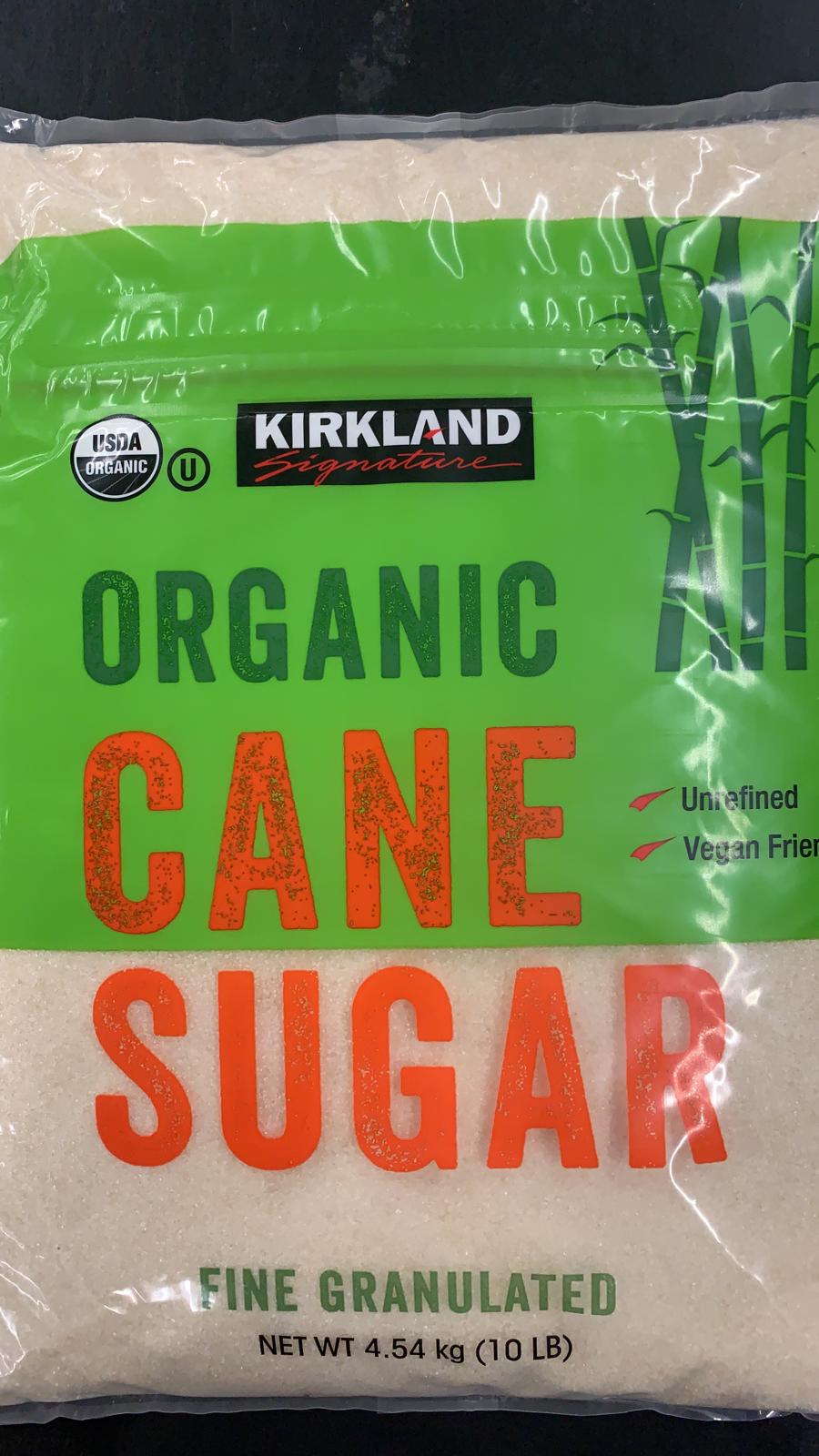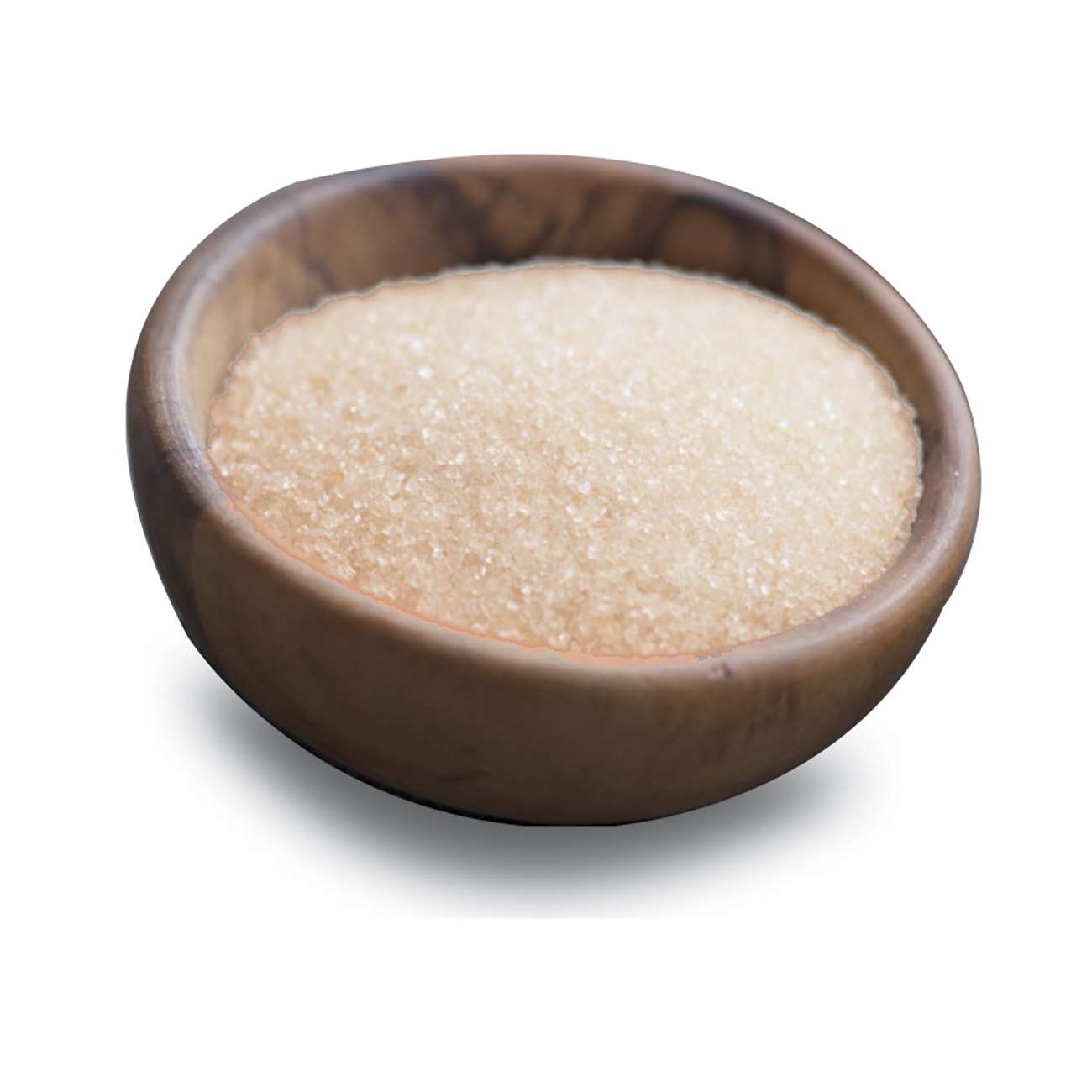The Trip of Cane Sugar Processing: From Harvest to Crystals
The Trip of Cane Sugar Processing: From Harvest to Crystals
Blog Article
Exploring the Comprehensive Steps Entailed in Walking Stick Sugar Handling From Collecting to Refinement
The procedure of cane sugar manufacturing encompasses a collection of detailed actions, starting with the careful harvesting of sugarcane and culminating in the refinement stages that ensure the last item satisfies industry requirements. Each phase, from the extraction of juice to the purification and crystallization procedures, plays a critical function in identifying the high quality and character of the sugar. Recognizing these phases not only highlights the intricacy of sugar production yet likewise increases crucial questions concerning effectiveness, sustainability, and development in the industry. What ramifications do these aspects have for future methods?
Collecting Sugarcane
Collecting sugarcane is a vital step in the walking stick sugar handling chain, as it straight affects the high quality and return of the end product. Proper timing and techniques are necessary during this stage to make certain optimum sugar material and lessen losses. Normally, sugarcane is harvested when it reaches maturation, typically 12 to 18 months after growing, identified by a high sucrose focus.

Post-harvest, the sugarcane needs to be refined promptly to avoid sucrose deterioration. Ideally, collected cane should be delivered to processing facilities within 24-hour to maintain sugar top quality. For that reason, efficient logistical planning is critical to preserve the honesty of the harvested crop throughout the supply chain.
Extraction Refine

The smashed walking cane is subjected to a series of pushing procedures to maximize juice healing. Typically, warm water is sprayed onto the smashed walking cane, producing a countercurrent circulation that helps liquify the sugar while additionally helping in the extraction process. The juice accumulated from this procedure includes not just sugar yet likewise numerous natural substances and pollutants.

To boost removal effectiveness, some centers might employ diffusion methods, where the sugarcane is taken in warm water, permitting the soluble sugars to diffuse right into the fluid. The resulting juice, abundant in sucrose, is after that routed to subsequent handling stages, laying the structure for purification and refinement. The extraction process is hence pivotal in establishing the quality and return of the last sugar item.
Filtration Methods
The purification strategies used in cane sugar processing are vital for changing the raw juice right into a top notch sugar product. These techniques mostly aim to eliminate impurities, such as soil, plant materials, and inorganic compounds, which can detrimentally impact the final product's flavor and color.
Among the most usual purification methods is information. This process entails including lime and heat to the raw juice, which assists in the coagulation of contaminations. The resulting precipitate is after that removed via sedimentation or filtration, yielding a clearer juice. In addition, making use of phosphoric acid can improve the clarification process by more binding pollutants.
An additional significant technique is carbonatation, where co2 is introduced to the made clear juice. This reaction generates calcium carbonate, which captures continuing to be impurities and promotes their elimination.
In addition, activated carbon therapy may be related to adsorb any staying colorants and organic impurities, guaranteeing a more refined item. The combination of these approaches successfully prepares the sugar juice for succeeding action in the refining process, establishing the stage for the manufacturing of top notch cane sugar.
Condensation Methods
After the filtration phase, the following important step in cane sugar handling includes formation methods, which play an essential role in changing the clarified juice right into strong sugar. This process typically employs 2 main techniques: spontaneous formation and regulated formation.
In spontaneous formation, supersaturated sugar services are enabled to cool normally, resulting in the development of sugar crystals over time. This technique is easier but may lead to unequal crystal sizes and reduced purity levels. On the other hand, managed condensation is a much more precise technique where concentration, temperature, and seeding agents are diligently managed. This method permits the uniform development of sugar crystals and higher purity.
Throughout crystallization, the clarified juice is concentrated through dissipation, boosting its sugar material up until it gets to supersaturation. Once this point is achieved, either technique can facilitate the crystallization process. Cane Sugar Processing. The resultant sugar crystals are then divided from the staying syrup through centrifugation
Ultimately, the selection of formation approach impacts the quality, dimension, and pureness of the final sugar item, making this action crucial in the general walking stick sugar processing treatment.
Improvement and Product Packaging
Exactly how can the pureness and quality of walking cane sugar be further improved after crystallization? The improvement procedure plays an important role in accomplishing top notch cane sugar.
Next, the sugar goes through a procedure called centrifugation, where it is rotated at broadband to separate the purified sugar crystals from the continuing to be liquid. After centrifugation, the sugar is check these guys out commonly more improved with a method called carbonization or phosphatation, which utilizes triggered carbon or phosphoric acid to get rid of color and off-flavors.
Once fine-tuned, the sugar is dried out to attain the desired wetness material, ensuring that it continues to be steady throughout storage and transport. The last action involves product packaging the polished sugar in impermeable and moisture-proof containers to keep its quality and avoid contamination. Cane Sugar Processing. Correct product packaging not just expands service life however additionally promotes easy handling and distribution, making certain that customers obtain sugar that look at this web-site satisfies the highest requirements of purity and quality
Verdict
The comprehensive steps associated with walking cane sugar handling, from the thorough harvesting of sugarcane to the intricate refinement and packaging stages, highlight the importance of each stage in guaranteeing high-grade sugar production. Ideal harvesting techniques, effective extraction methods, and extensive purification processes jointly contribute to the end product's purity and stability. The condensation and succeeding product packaging techniques additionally enhance the integrity and rack life of the sugar, highlighting the intricacy and precision intrinsic in this vital farming market.
The process of walking cane sugar production incorporates a series of complex actions, starting with the cautious harvesting of sugarcane and finishing in the improvement stages that ensure the last product meets market requirements. Ideally, harvested walking cane should be transported to refining centers within 24 hours to maintain sugar quality.In spontaneous formation, supersaturated sugar services are allowed to cool down normally, leading to the formation of sugar crystals over time - Cane Sugar Processing. The improvement process plays an important duty in achieving top quality walking cane sugar.The comprehensive actions included in walking stick content sugar handling, from the precise harvesting of sugarcane to the elaborate improvement and packaging phases, underscore the significance of each stage in making sure premium sugar manufacturing
Report this page